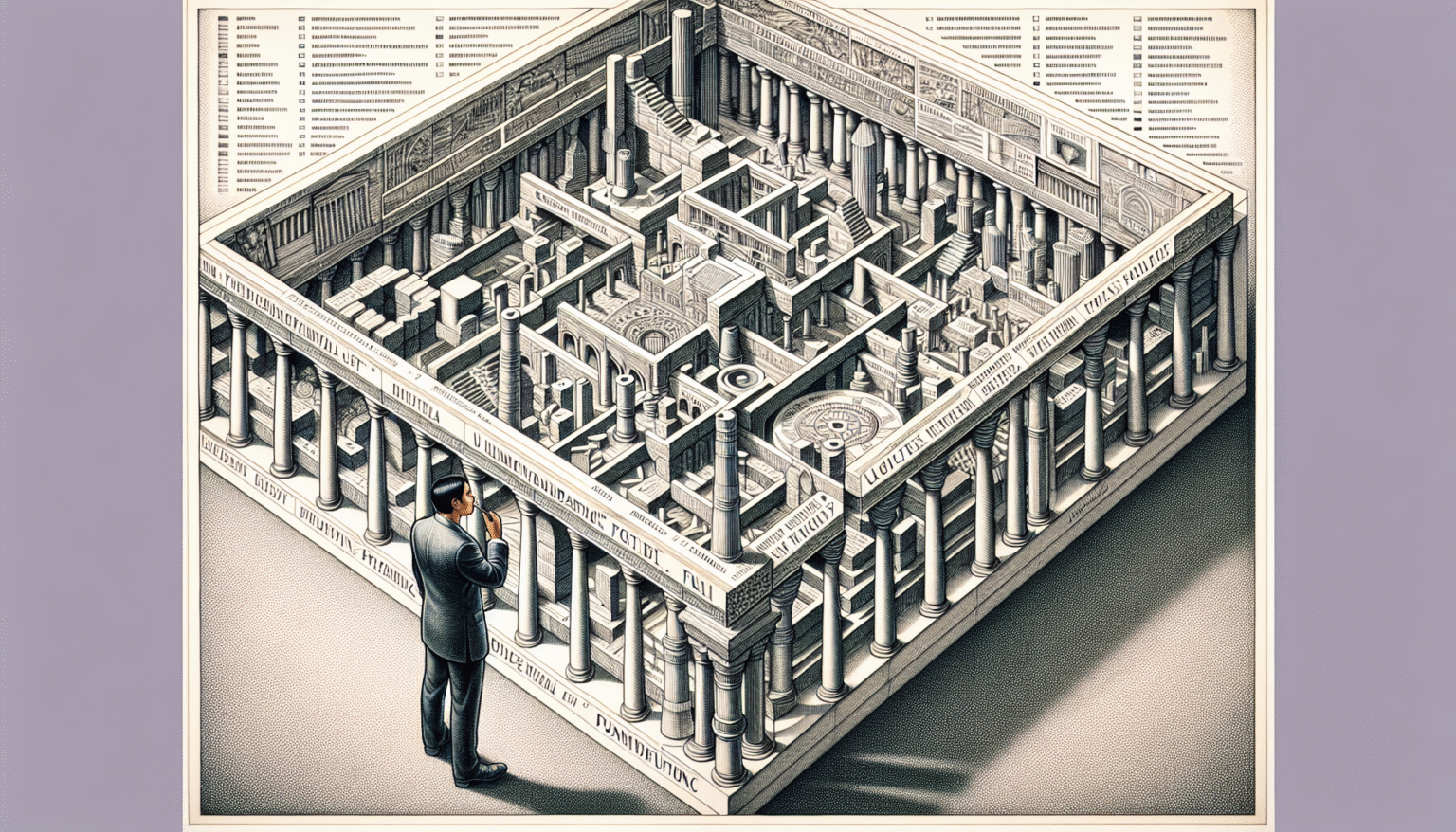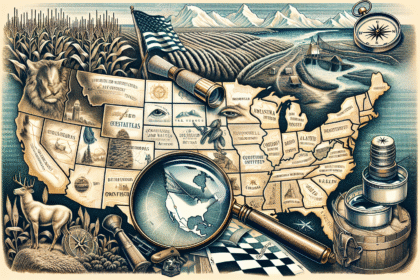Understanding the Foundations of USA Politics
The Framework of American Government
At the core of American politics is the Constitution, the supreme law of the land crafted in 1787. It establishes the framework for government and embodies the principles of democracy, individual rights, and the rule of law. The Constitution is divided into a preamble, seven articles, and 27 amendments, providing a blueprint for governance, rights, and the relationship between the federal and state governments.
The Three Branches of Government
The United States operates under a system of checks and balances designed to prevent the concentration of power. The government is divided into three branches: the legislative, the executive, and the judicial.
-
Legislative Branch: Comprising the Senate and the House of Representatives, Congress is responsible for making laws. The Senate has 100 members, two from each state, serving six-year terms. The House consists of 435 members, with representation based on population, serving two-year terms. This structure was established to balance the interests of populous states with those of smaller ones.
-
Executive Branch: The President leads this branch, enforcing laws and managing the federal administration. The President is elected for a four-year term and can serve a maximum of two terms. Responsibilities include serving as the Commander-in-Chief of the armed forces, conducting foreign diplomacy, and appointing federal judges, among other duties.
-
Judicial Branch: Comprising the Supreme Court and other federal courts, the judiciary interprets laws and determines their constitutionality. The Supreme Court consists of nine justices appointed for life, ensuring independence from political pressures. Landmark cases like Marbury v. Madison (1803) established the principle of judicial review, allowing the courts to invalidate laws that conflict with the Constitution.
Federalism in the United States
Federalism is a hallmark of American political structure, signifying the division of power between the national and state governments. This system was devised to accommodate the diverse needs of various states while maintaining a unified national identity.
-
State Governments: Each state has its constitution, legislative assembly, executive, and judiciary. States can enact and enforce laws on various issues, although they cannot violate federal laws or the Constitution.
-
Concurrent Powers: Both federal and state governments can exercise certain powers, such as taxation and law enforcement, leading to collaboration and sometimes conflict.
Political Ideologies
American politics is characterized by a spectrum of political ideologies, primarily liberalism and conservatism. These ideologies shape policies on governance, economics, and social issues.
-
Liberalism: Associated with the Democratic Party, liberalism emphasizes social equality, government intervention in the economy, and protection of civil rights. Key issues include healthcare reform, climate change action, and reproductive rights.
-
Conservatism: Represented mainly by the Republican Party, conservatism advocates for limited government, free markets, and individual liberties. Conservative policies often emphasize tax cuts, deregulation, and national defense.
-
Moderates and Independents: These groups play a crucial role in U.S. elections, often swaying results. They may hold a mix of liberal and conservative views, reflecting the complexity of voters’ ideologies.
Political Parties and Elections
The two-party system dominates American politics, with the Democratic and Republican parties being the primary competitors. This binary structure affects electoral processes and governance.
-
Primary Elections: Parties conduct primary elections to select candidates for the general election. These can be “open” or “closed,” determining who can vote in them based on party affiliation.
-
General Elections: Held every two years for Congress and every four for the presidency, general elections determine which candidates will hold office. The Electoral College system is crucial for presidential elections, where each state allocates electors based on its congressional representation.
The Role of Interest Groups
Interest groups play a significant role in shaping U.S. politics by representing diverse interests. These groups advocate for specific policies, mobilizing constituents to influence legislation and public opinion.
-
Types of Interest Groups: Categories include economic interest groups (businesses and labor unions), public interest groups (environmental organizations), and ideological groups (civil rights advocates). Each plays a crucial role in lobbying efforts at both state and federal levels.
-
Lobbying: Interest groups often employ lobbyists to directly influence lawmakers, contributing to the complexity of American politics. Lobbying efforts can polarize public opinion but are essential for representing a wide range of viewpoints.
Civil Rights and Social Movements
The pursuit of civil rights is integral to the American political landscape. Social movements have historically challenged injustices and advocated for systemic change.
-
Civil Rights Movement: The 1960s saw significant protests and legislative victories, leading to the Civil Rights Act of 1964 and the Voting Rights Act of 1965, aimed at ending racial discrimination and ensuring voting rights for African Americans.
-
Recent Movements: Modern movements, such as Black Lives Matter and the Women’s March, continue to address social injustices, highlighting the dynamic nature of American politics and the ongoing struggle for equality.
Media and Public Opinion
The media landscape is pivotal in shaping public perception and facilitating political discourse. With advancements in technology, the role of traditional media outlets has evolved alongside the rise of social media platforms.
-
Media Influence: The media serves as a watchdog, informs the public, and reflects political opinions. However, the proliferation of “fake news” and polarized reporting challenges the credibility of information sources.
-
Public Opinion: Polling data is instrumental in gauging voter sentiments and influencing political strategies. Politicians often tailor their messaging based on public opinion trends to secure voter support.
Conclusion
The intricate nature of American politics is shaped by historical foundations, governmental structures, ideological beliefs, and active civic engagement. Understanding these elements is essential for navigating the complexities of the political landscape and engaging in informed discussions about the future of democracy in the United States.






